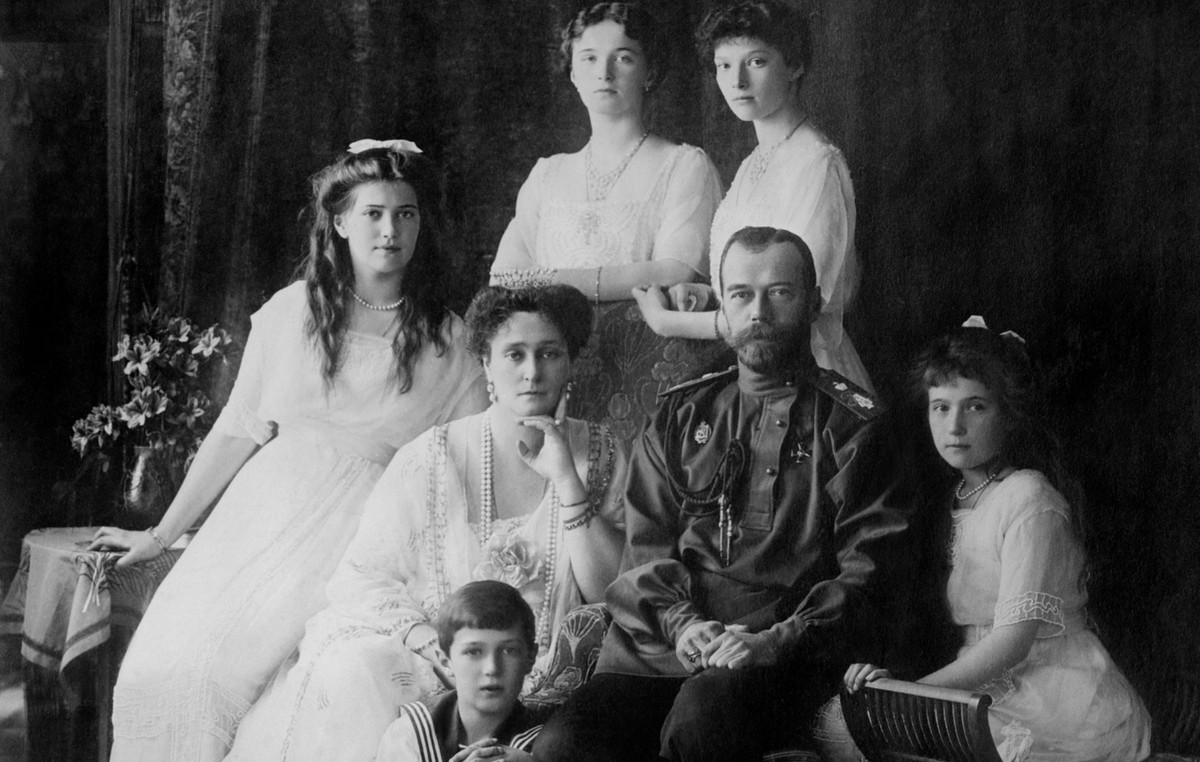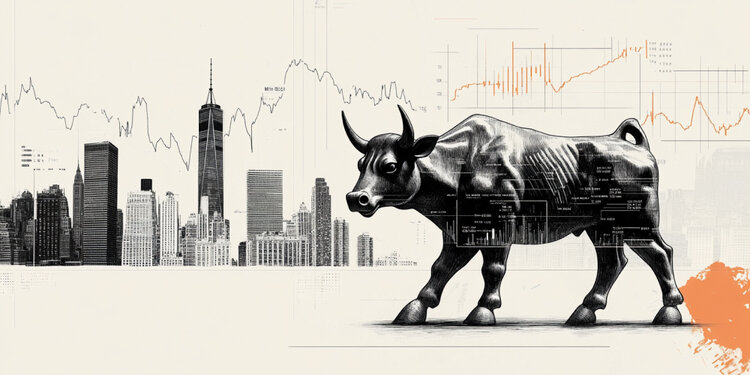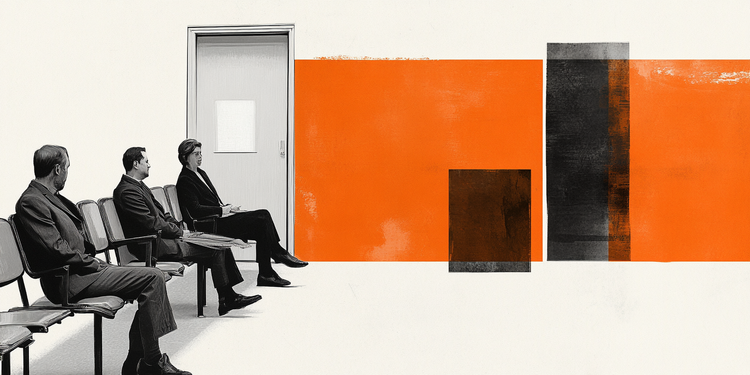An hour and ten minutes by plane from Paris, Nice already displays the blue brushstrokes of Mediterranean before the passenger even touches the ground. Through the aircraft window, it is also possible, most of the time, to see the Promenade des Anglais an avenue of more than seven kilometers that runs along the sea and is a symbol of capital of the Côte d’Azur .
This is just a preview of the charms of Nice, which, in addition to being a popular destination in the French summer, hosts football matches as part of its Paris 2024 Olympic Games . Men’s and women’s matches are played on the pitches of Nice’s Allianz Riviera Stadium, which opened in 2013 and has a capacity for 36,178 spectators.
Home to local club OGC Nice, the stadium is also home to the National Sports Museum with Olympic medals, uniforms and more than 45 thousand objects and 400 thousand documents about sports culture in France. The visit costs from 6 euros (R$ 36) and can be combined with a tour behind the scenes of the stadium.
UNESCO Heritage As a “winter tourist town on the Riviera”, Nice reveals much more than just sporting talent. Old Nice the old town, is a vibrant place with good restaurants and shops of all kinds; the cultural life has a worthy rival museums of all types and sizes ; and the city is still ideal for round trips to Cannes and Monaco, with train tickets costing less than 10 euros (R$60).
X-ray of Nice
- Where is it: capital of the Côte D’Azur, French Riviera, in the south of France and close to the border with Italy;
- When to go: year-round destination, but best enjoyed between April and June and September and October, when the weather is mild. The height of summer is also a good idea, between July and August, but it tends to attract many tourists;
- How to get around: on foot; by tram, with trips starting at 1.70 euros (R$ 10.36); private transport apps or even by train between one city and another;
- Main tourist attractions: Old Town (Vieux Nice); Place Massena; Promenade des Anglais; Castle Hill Park; Marc Chagall National Museum; Matisse Museum; Museum of Modern and Contemporary Art (MAMAC); Saint-Nicholas Cathedral.
- Restaurants: La Merenda; Le Bar de Oiseaux; SEEN by Olivier; Maido Nice.
Nice city center

Nice is a city best explored on foot. However, the tram system is efficient and covers the entire city, from the airport to the most touristy corners, with a single-trip ticket costing 1.70 euros (R$10.40) and other types of tickets depending on the number of days and trips.
The discovery of Nice can begin in Place Massena the city’s most important square, built in the 19th century and surrounded by neoclassical buildings. Behind it is the Jean Médecin Avenue Nice’s main shopping street, lined with department stores and markets. At the very end of the avenue is Gare Thiers, or Nice-Ville a 19th century station from where daily trains depart for destinations such as Antibes, Marseille, Cannes, Paris, Monaco and also Italy.
Back at Place Massena, just a few steps from the square is the new Anantara Plaza Hotel Nice a five-star hotel that occupies a building from 1848 with a Belle Époque façade, punctuated by a contemporary atmosphere inside. The rooftop is home to Seen by Olivier a branch of the trendy Lisbon restaurant serving Mediterranean and Japanese food with views over the heart of Nice.
From the square to the old town center is just a short walk: day or night, this is where tourists and locals “get lost” in the alleys amidst the historic buildings. Restaurants of all kinds share doors with souvenir shops, second-hand shops, cosmetics and chocolate shops. The ringing of the church bells Sainte-Reparate Cathedral It sounds like a reminder of times gone by and Piazza Rossetti, just opposite, is ideal for an ice cream or coffee on the restaurant terraces.

In the heart of the center is the Saleya Course one of the most famous street markets in the country. It is mainly made up of flower vendors, as well as fruit, vegetables and artisanal products. On Mondays, there is a flea market, with interesting antiques, and in the summer, a night crafts fair is a tourist attraction.
Once in Nice, it is a must to try the sock a local specialty made with chickpea flour, olive oil, salt and water, finished with a pinch of black pepper. It is a street food, to be eaten with your hands, that has a specific address: At Theresa which serves the most talked about socca in Nice from a stall at the end of Cours Saleya – be prepared for queues and separate your money into notes and coins, as cards are not accepted here.
Speaking of food, there is no shortage of restaurants here. For well-made local delicacies with a touch of Italy, head to The Snack by chef Dominique Le Stanc, a little gem that serves a menu that changes almost daily in a dining room that seats less than 15 diners. But be careful: the restaurant does not have a telephone and does not accept credit cards, and operates by reservation only. in this link.
Further into the center, go to The Bird Bar with a seasonal and creative cuisine. The Cours Saleya area has many restaurants with a tourist feel, but the The Wish pulled to Italy; the The Story with Mediterranean dishes; and the The Safari with Niçoise specialties, are good options. Don’t forget the glass of white wine and be happy.
Nice Promenade and Port
It is impossible to pass through Nice and not walk along its promenade, the Promenade des Anglais a promenade opened in the 19th century by the British elite that stretches for more than seven kilometers along the Mediterranean. The route is charming and there are several public benches that transform into boxes with views of the sea and the planes that take off and land at the airport.
The beach is made of rocks and the water is calm. Some restaurants are located on the seafront and come alive at night.
Among the various hotels, the historic The Negresco stands out, as it occupies a magnificent Belle Époque building and has two Michelin keys. With over a century of history, its signs leave no doubt: the hotel is all ornate, inside and out. Some facts make it even more of an iconic spot in Nice: in addition to having welcomed everyone from Salvador Dalí to Elton John, it boasts works of art, the restaurant The Chantecler has a Michelin star and has its own beach club.
To get a different view of the city, prepare to take a breath and see Nice from above. Between the historic center and the port is Castle Hill (Parc de la Colline du Château, in French), a park with almost 20 hectares of gardens – accessed by stairs – punctuated by several viewpoints. Up there, with views of the bay to the hills, it is possible to frame the urban landscape from 92 meters above the ground. The castle here, in fact, only exists in remains, as it was the site of the city’s founding. Archaeological remains and waterfalls are among the attractions between the steps.
To finish, the tip is to go to the region of Port of Nice often left out of the most common itineraries. Here the cool thing is to choose a restaurant, sit at an outside table facing the boats and enjoy the end of the afternoon with a glass of wine in hand while the sun sets.
Cultural life
Nice also boasts a wealth of museums and cathedrals. Among the museums, two dedicated to local artists stand out: Marc Chagall and Henri Matisse.
The first, Marc Chagall National Museum essentially brings together works by the artist inspired by religion, as well as the 17 pieces that make up his Biblical Message series – the permanent collection is the largest public collection of works by Marc Chagall. Tickets cost between 8 and 10 euros (R$48 and R$60). Matisse Museum It holds a collection of almost 600 works and follows the artist’s evolution, from the beginning to his final days. The visit costs 10 euros (R$ 60).
O Museum of Modern and Contemporary Art of Nice (MAMAC ) was one of the city’s jewels – it will be closed until 2028 due to a major renovation project. The collection has more than 1,400 works by 350 artists, ranging from European New Realism to Pop Art. For now, some works will be part of exhibitions at other local museums and there is also a online section for more discoveries about the museum.
Less commented, the Museum of Fine Arts (Museum of Fine Arts of Nice ) is also worth a visit. Small, it occupies a 19th-century neoclassical villa and houses works from the 12th to the 20th centuries. Admission costs 10 euros (R$60.95). It is worth mentioning that Nice has a 15-euro pass (R$91) that, for a few days, gives access to all municipal museums and galleries. There is also the French Riviera Pass, valid for one, two or three days with access to the main museums throughout the French Riviera for 28 euros, 40 euros and 59 euros, respectively (R$170; R$243 and R$358).
Among the churches, the Basilica of Notre Dame de l’Assomption It is the largest in Nice and is located on Avenue Jean Médecin. Built in the neo-Gothic style, it was built in the 19th century to “Frenchify” the city, and is impressive for its stained glass windows and two 31-meter towers.
But the surprise is really for St. Nicholas Cathedral a Russian Orthodox cathedral inspired by the churches of Moscow. Opened in 1912, it is a reminder of the importance of the Russian community in Nice at that time. According to the city’s tourism board, it is the largest religious building of its kind outside of Russia.
Cannes hides private villa on island surrounded by the Mediterranean Sea
Source: CNN Brasil
Johanna Foster is an expert opinion writer with over 7 years of experience. She has a reputation for delivering insightful and thought-provoking articles on a variety of subjects. Her work can be found on some of the top online news websites, and she is currently lending her voice to the world stock market.







